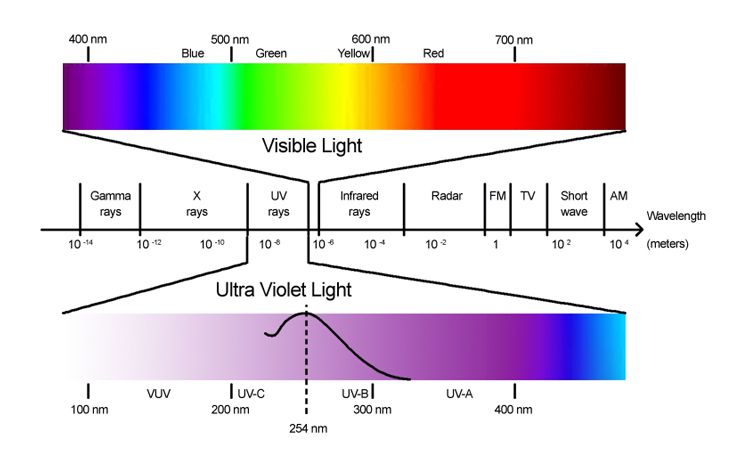Can I still be hurt by ultraviolet light when the window is blocked?
Ultraviolet rays are an important part of solar radiation. Based on wavelength, they can be divided into: [near ultraviolet (UVA)], [far ultraviolet (UVB)], and [ultra-short ultraviolet (UVC)], where UVC is absorbed and scattered by the ozone layer Only UVA and UVB reach the ground, accounting for 95% and 5% of the total ultraviolet light, respectively. The penetration of ultraviolet radiation to human skin is different. The longer the wavelength, the greater the UV damage to human skin.
 Among them, the energy of UVA (wavelength 320 to 400nm) is lower than that of UVB, and the biological effect is relatively mild, but its penetration is strong, it can penetrate most transparent glass and plastic, and is not blocked by windows, umbrellas, etc. The same is true when it rains.
Among them, the energy of UVA (wavelength 320 to 400nm) is lower than that of UVB, and the biological effect is relatively mild, but its penetration is strong, it can penetrate most transparent glass and plastic, and is not blocked by windows, umbrellas, etc. The same is true when it rains.
Even more terrifying is that it can affect the cells of the dermis and even subcutaneous tissues deep in the skin, acting on the epidermal melanin, causing melanin deposition, making the skin black, and defending the skin from ultraviolet rays.
Therefore, long-wave UV is also called the “tanning section”.
UVA rays will not cause acute skin inflammation, but the effect on the skin’s function can slowly accumulate, producing a large amount of oxidizing free radicals, allowing these very aggressive free radicals to kill DNA and damage lipid membranes, thus affecting the skin The metabolism of the tissue. In turn, the skin loses its luster and elasticity, causing aging skin to relax, wrinkles, melanin precipitation, etc., causing serious or even irreversible damage to the skin. It is the ray we are most likely to encounter in our daily life, and it can strengthen the damage of UVB to the skin and is one of the main causes of skin aging.












0 comment(s)